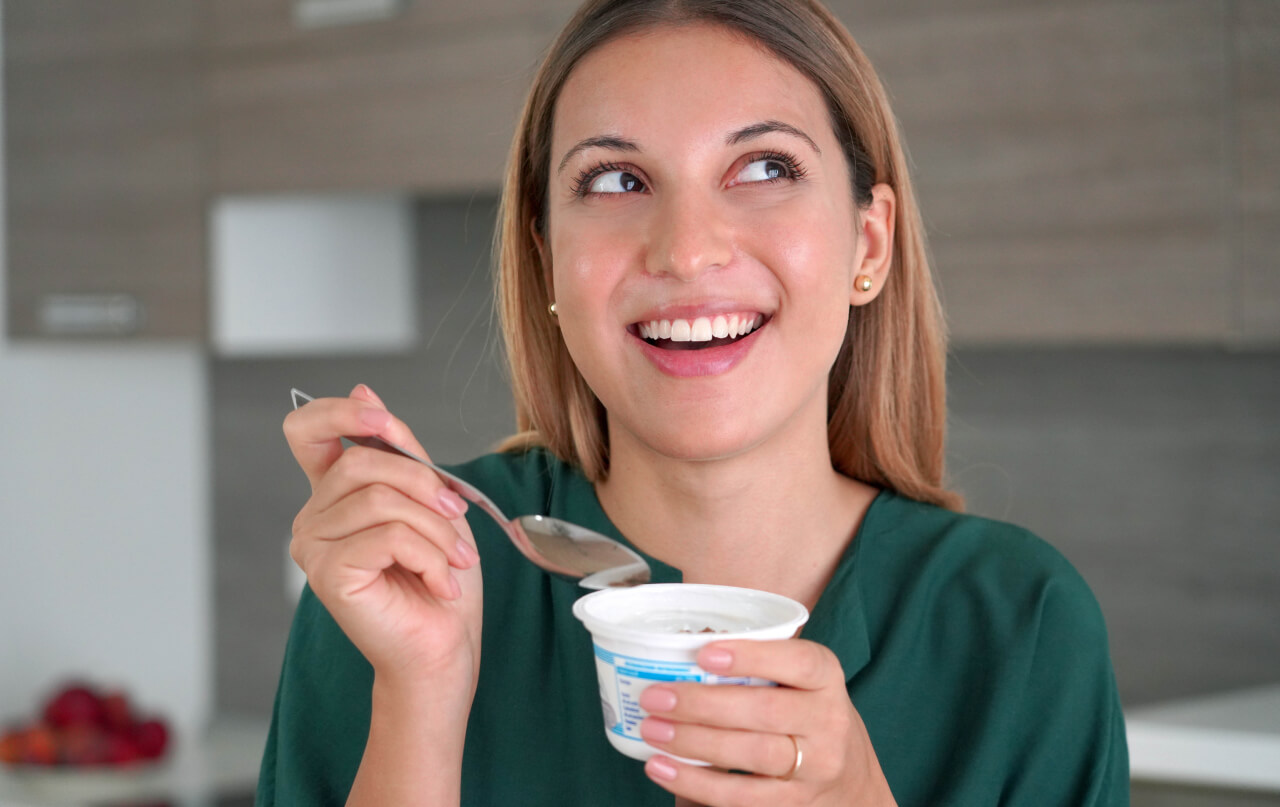Fluoride treatment is a simple yet powerful tool in modern dentistry, designed to strengthen enamel and protect teeth from decay. However, many patients leave the dentist’s office wondering, How long should I wait before eating? While this question may seem straightforward, the answer depends on various factors, including the type of fluoride treatment used, your overall oral health, and the foods you plan to consume.
What many people don’t realize is that fluoride continues to interact with your teeth long after application. The way you care for your teeth immediately after treatment can significantly impact its effectiveness. Eating too soon or consuming certain foods may dilute fluoride’s protective effects, potentially reducing its long-term benefits. Understanding the nuances of fluoride aftercare ensures you get the most out of your treatment and maintain a strong, cavity-resistant smile.
What Is Fluoride Treatment and Why Is It Important?
Fluoride treatment is a professional dental procedure that enhances your teeth’s ability to resist decay by strengthening the enamel. Unlike the fluoride found in toothpaste and drinking water, professional treatments contain a much higher concentration, allowing for deeper penetration and longer-lasting effects.
One often overlooked aspect of fluoride treatment is its ability to reverse the early stages of demineralization. Before a cavity fully forms, enamel begins to weaken due to acids from bacteria and food. Fluoride helps rebuild lost minerals like calcium and phosphate, reinforcing the tooth structure before permanent damage occurs.
Fluoride also alters the behavior of oral bacteria, making it harder for them to produce acid. This effect is particularly crucial for individuals with dry mouth, braces, or a history of frequent cavities, as they are more prone to enamel erosion and decay.
How Long After Fluoride Treatment Can I Eat?
The amount of time you should wait before eating after a fluoride treatment depends on the type of fluoride used. If you received a fluoride varnish, you can eat almost immediately but should avoid hard, crunchy, or acidic foods for at least four to six hours. However, if a fluoride gel or foam was applied, you should wait at least 30 minutes before consuming anything to allow the fluoride to fully absorb into the enamel.
A lesser-known factor influencing fluoride absorption is saliva production. Fluoride interacts with calcium and phosphate ions in your saliva, creating a protective barrier on your teeth. Eating too soon, especially foods high in acidity, can disrupt this process and reduce its effectiveness. To maximize the benefits, it’s best to stick to soft, non-acidic foods after treatment and avoid brushing for a few hours to allow the fluoride to continue working.
Foods to Avoid After Fluoride Treatment
To ensure that fluoride treatment effectively strengthens enamel and prevents cavities, it’s important to avoid certain foods and beverages immediately after the procedure. Some foods can interfere with fluoride absorption, while others may cause discomfort or premature removal of fluoride varnish.
- Acidic foods and beverages – Citrus fruits, tomatoes, vinegar-based dressings, sodas, and sports drinks can weaken fluoride’s bonding process and erode enamel, reducing the treatment’s effectiveness.
- Hard and crunchy foods – Nuts, chips, pretzels, granola, and raw vegetables can scrape away fluoride varnish prematurely, limiting its ability to protect the teeth.
- Sticky and chewy foods – Caramel, taffy, gummy candies, and dried fruits can cling to teeth and remove fluoride coating before it has had enough time to penetrate the enamel.
- Hot beverages – Coffee, tea, and soups can soften fluoride varnish, potentially washing it away before it fully absorbs into the enamel.
- Sugary foods and drinks – While fluoride strengthens enamel, consuming excessive sugar right after treatment may encourage bacterial growth and counteract fluoride’s cavity-preventing effects. Avoid candies, pastries, and sugary sodas.
- Dairy products – Some studies suggest that calcium-rich dairy products, such as milk, cheese, and yogurt, may interfere with fluoride absorption. While dairy is beneficial for dental health, it’s best to wait a few hours before consuming it after treatment.
- Alcoholic beverages – Alcohol can dry out the mouth, reducing saliva flow, which is essential for fluoride retention. Avoid alcoholic drinks for several hours after treatment to maximize its benefits.
By avoiding these foods and drinks for the recommended period, patients can ensure the fluoride treatment has enough time to work effectively, providing long-term enamel protection and cavity prevention.
Fluoride Treatment Aftercare Instructions
To maximize the benefits of fluoride treatment, proper aftercare is essential. Patients should avoid eating or drinking for at least 30 minutes to allow the fluoride to fully absorb into the enamel. If a fluoride varnish was applied, it’s best to wait four to six hours before brushing or flossing to prevent premature removal.
During the first few hours, opt for soft foods and avoid anything too hot, cold, or acidic, as extreme temperatures can disrupt fluoride retention. Sticky or crunchy foods should also be avoided, as they can scrape off the protective layer before it has fully absorbed.
Patients should continue their regular oral hygiene routine but wait until the recommended time has passed before resuming brushing and flossing. Drinking plenty of water (without rinsing too aggressively) can help maintain fluoride effectiveness while keeping the mouth hydrated. Following these aftercare steps ensures that fluoride treatment provides long-lasting enamel protection and cavity prevention.
Common Myths About Eating After Fluoride Treatment
Many misconceptions surround eating after fluoride treatment, leading some patients to unintentionally reduce its effectiveness. One common myth is that fluoride loses its effect immediately if food or drinks are consumed. While certain foods can interfere, fluoride continues to strengthen enamel even after brief exposure to liquids.
Another myth is that all fluoride treatments require the same wait time. In reality, fluoride gels and foams typically need a 30-minute window, whereas fluoride varnish adheres to teeth longer, allowing for some flexibility in eating.
Some also believe that brushing right after treatment enhances fluoride absorption. In truth, brushing too soon can remove the fluoride layer before it fully penetrates the enamel. Understanding these myths ensures patients get the most out of their treatment without unnecessary restrictions.
Conclusion
Fluoride treatment is a simple yet powerful way to strengthen enamel, prevent cavities, and maintain long-term oral health. Knowing how long to wait before eating, which foods to avoid, and how to properly care for your teeth after treatment ensures you get the maximum benefits. Avoid common myths and follow expert guidelines to keep your smile strong and healthy.
If you have questions about fluoride treatment or need personalized dental care, our team at High Desert Dental is here to help. Call us at (505) 888-2606 or visit our to schedule your next appointment. Let’s work together to keep your teeth protected for years to come!

